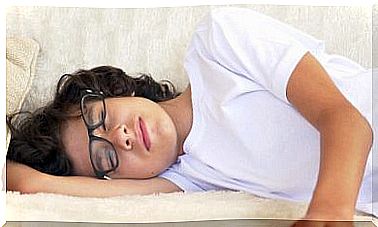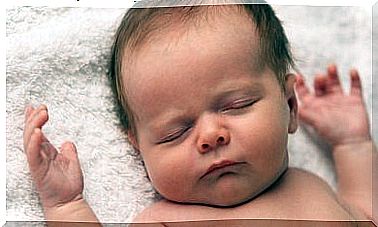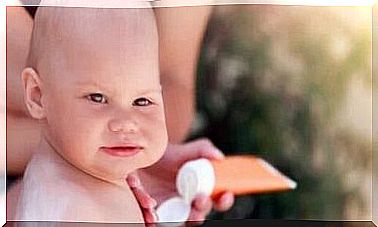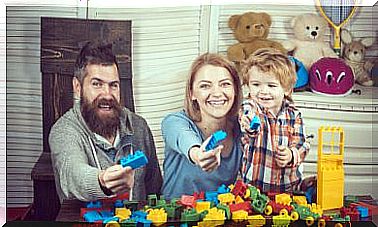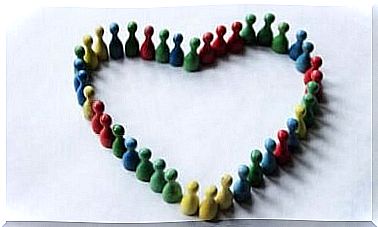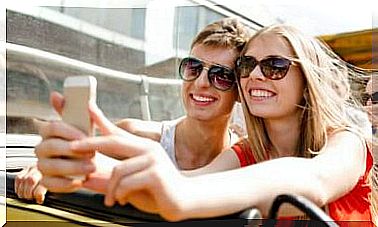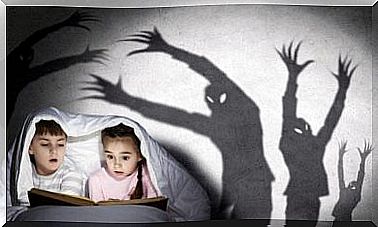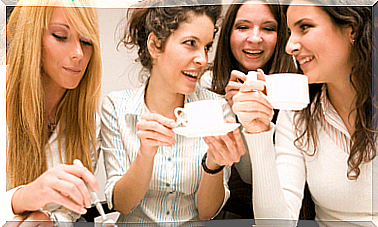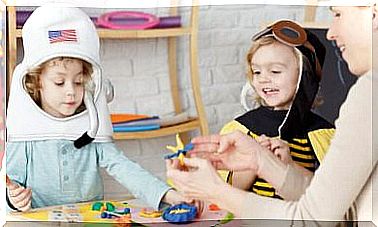Which Shoes To Buy For Your Child By Age
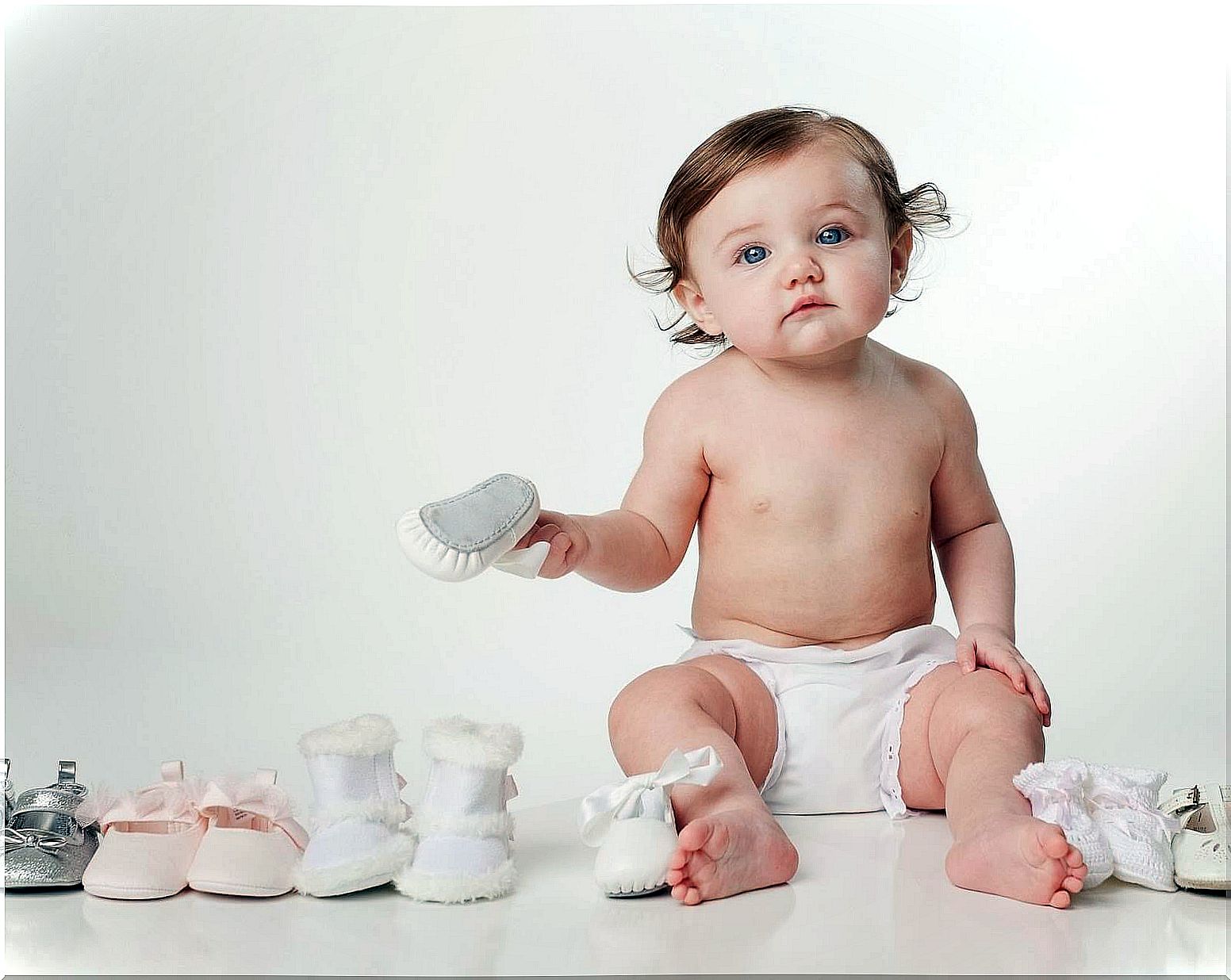
In addition to knowing the most appropriate time to start putting your children’s shoes on, do you know what types of shoes to buy for your child according to their age?
You must never wear your baby
Many studies have scientifically shown that barefoot babies are smarter and, most importantly, much happier.
From the standpoint of neurological development and tactile sensitivity, the feet of babies up to eight or nine months old have a much more acute sensitivity than the hands.
In the first months, the feet have essential functions:
- Inform the baby about the outside world
- touch everything around
- Handle objects with your hands and feet at the same time
- Use them to put things in your mouth, where sensory nerve endings are bigger
Therefore, putting on the baby often prevents him from receiving tactile information. The perception of the position and movement of the feet in relation to space plays an important role in the central nervous system.

The ideal shoes for the first steps
Again, we insist that whenever possible babies should be barefoot.
Supporting your bare feet on various types of surfaces contributes to muscle development.
The use of shoes prevents the baby from receiving sensations while crawling in addition to adding extra weight to the feet, preventing them from moving freely.
All of this explains why children continually remove their shoes when they are a little older and have greater control over their bodies.
However, shoes are necessary when we go out with the baby, especially when it’s cold.
That’s why when they start to take their first steps, the ideal footwear for children is one that provides them with balance and stability, combining support and flexibility.
Some advices
- We should not review the shoes as each child has their own tread
- Don’t buy children’s shoes without trying them on
- If these are the first shoes, it’s important to try them on first as each manufacturer has its own shapes and the size may vary from one to the other
- In the case of online shopping, it is very difficult to know if there are hidden seams that could hurt your baby’s feet.
- It’s always better to have your child try on the shoes by walking them around the store for a while before buying
- Observe the child’s movements and posture as he walks with his shoes through the store, and continue to observe after he buys as well.

when children walk
The shoe should reach under the malleolus that are the lateral bones of the ankle.
In the case of boots, they must be flexible enough to allow full movement of the ankle joint.
When shopping for new shoes, remember the following tips:
- The insole of the shoe has to be flat and flexible.
- Healthy footwear is flat and anatomical to promote balance and protect your legs and back.
- Footwear should be wide enough at the front to allow the toes to spread and move freely.
- It is recommended that shoes are made of natural materials that allow perspiration.
- The most suitable model is a shoe that fits and is firm on the foot, with laces or Velcro on the instep to be able to adjust well.
- Slippers, clogs or flats without buckles are not recommended because the feeling that the shoe will come off with every step forces the toes to make an extra effort.
- Although you have chosen suitable shoes, you must remember that they should only be worn a few hours a day.
- It is recommended that the feet remain free at home. If there are no contraindications, a non-slip sock will be enough to walk around the house.
- Try on the shoe by wearing socks and see if there is a space between 0.5 and 1.5 centimeters between the big toe and the shoe. Press the tip to see if the toes are found: if so, the shoe is too small.
- The best time to try on shoes is at the end of the day, when your child’s feet are most swollen.
- Don’t buy a shoe of a larger size so the child can wear it longer. If the shoe is not the right size, it can change the way you walk or blister.
You must know that…
The most common problems due to wearing inappropriate footwear range from deformity of the fingers and toenails to tendonitis, pain in the sole of the foot and warts caused by synthetic materials.
As time passes and the child acquires a firmer walk, it is necessary to periodically check that there are no complications. If there is any, take the necessary measures so that it does not affect other areas, such as the knees or the back.
